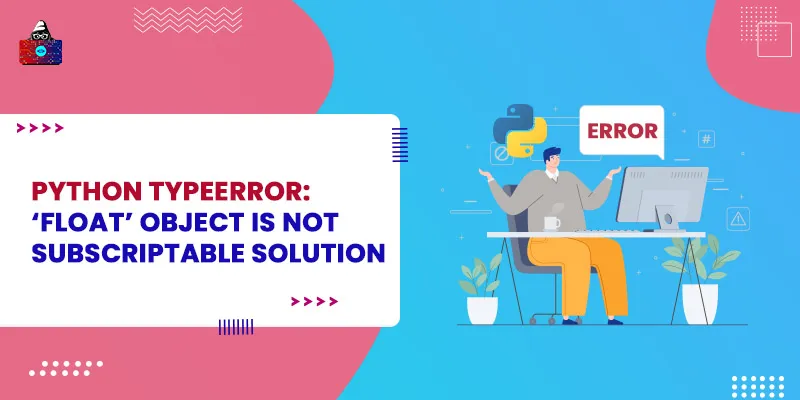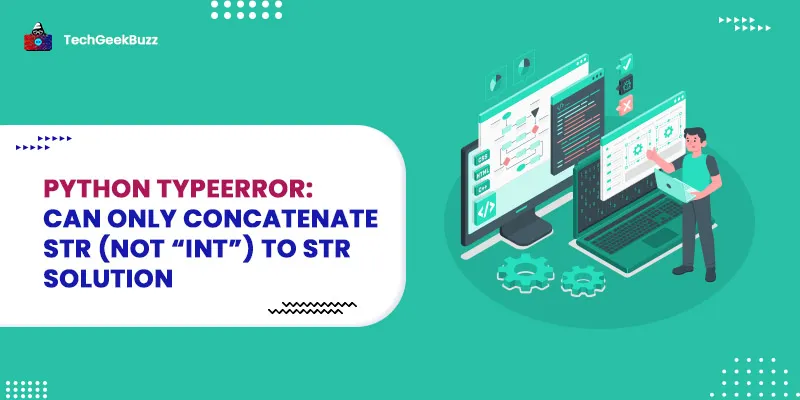PROGRAMMING LANGUAGE

Python SyntaxError: can’t assign to function call Solution
To assign a value to a variable in Python, we use the assignment operator between the variable name…

Python TypeError: ‘float’ object is not subscriptable Solution
Python has three subscriptable objects list, string, and tuples. They are subscriptable because&nbs…

Python NameError: name is not defined Solution
Python NameError is one of the most common Python exceptions. And the " NameError: name i…

Python TypeError: unsupported operand type(s) for -: ‘str’ and ‘int’ Solution
Python supports arithmetic operators to perform arithmetic operations between two numerical values.…

Python IndexError: tuple index out of range Solution
Similar to Python lists, Python tuples also support indexing to access its individual elements. Alt…

Python SyntaxError: ‘return’ outside function Solution
The return keyword in Python is used to end the execution flow of the function and send the result …

Python SyntaxError: positional argument follows keyword argument Solution
Python support two types of argument passing during a function call, Positional and Keyword Argumen…

Python TypeError: unhashable type: ‘slice’ Solution
Python Dictionaries are the built-in hashtable data structure that maps a key to a corresponding va…

Python AttributeError: 'NoneType' object has no attribute 'append' Solution
The Python append() is a list method to add a new element object at the end of the list. But if we …

Python TypeError: can only concatenate str (not “int”) to str Solution
In Python, we can use the + symbol as an addition operator between two numeric values and a concate…

Python Dictionary Methods
A Dictionary is a Python inbuilt data structure that store the items in the form of key:value pairs…

Python typeerror: ‘int’ object is not subscriptable Solution
In Python, there are some subscriptable objects such as string, array, list, and tuples. All these …
